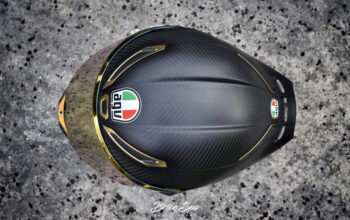When it comes to home exteriors, there are many options. Many homeowners have old notions about vinyl siding but today’s panels look much more realistic than those of even ten years ago.
Before you reclad your house make sure you talk with an expert. Ask them to show you recent examples of their work with the product you are interested in.
Cost of Materials
Vinyl siding is less expensive than wood and can last longer. However, like other exterior materials it must be properly installed to avoid damage and leaks. It also needs periodic repainting.
Homeowners can choose from a wide range of colors and styles. Options include a plain, builder-grade product to premium and thicker grades of vinyl. Thicker, hollow-backed products are more expensive than standard, foam-backed ones. Some manufacturers siding replacement offer insulated vinyl siding that saves energy and provides benefits such as moisture control, noise reduction and home resale value.
Vinyl trim and accessories are also available for the siding, including soffit, fascia, J-channel, water spigot and electrical box mounts, eaves and window wraps. Shutters can also help to define the look of a home. These add $3 to $4 per linear foot in material costs and $10 to $12 per pair to install. It’s a good idea to complete other projects such as replacing gutters while installing siding.
Cost of Installation
A wide range of factors affect vinyl siding installation costs. For instance, house size is an important factor, as larger homes require more materials and labor. Other cost factors include the style of the siding and additional features such as soffits, fascia, and shutters. Siding thickness can also impact price; thin builder grade is less expensive than thick residential vinyl or insulated versions.
Vinyl comes in a variety of colors, styles, and finishes to suit any home. For example, homeowners can choose from smooth, beaded seam, or board and batten styles. They can even opt for insulated vinyl that has insulation affixed to the panel.
Unlike wood, vinyl resists insect damage and requires no refinishing or resealing. However, it does not offer the same level of insulating performance as brick or other materials. Homeowners should talk with a contractor to decide which option is best for their climate. They should also consider the potential for state or local tax breaks.
Energy Efficiency
Home heating and cooling consume a significant portion of homeowners’ energy bills, and choosing the right materials to reduce energy consumption is crucial. Vinyl siding is an attractive choice that checks several boxes, including low cost and easy maintenance. Traditional brick and stone veneer, stucco, wood, and fiber cement board can provide a beautiful look to homes, but they also come with higher upfront costs and require extensive upkeep.
Compared to these alternatives, insulated vinyl siding is an excellent energy-efficient option. It offers more R-value than traditional brick and wood, which can help reduce a homeowner’s energy costs by lowering their HVAC use.
Depending on the brand and style of vinyl, installation costs can vary significantly. Many homeowners choose to complete other exterior projects while they are getting new siding installed, such as replacing trim and molding or adding vinyl fascia and soffits. These items can add up to an additional $1-$4 per square foot of the project cost.
Maintenance
Vinyl is a great choice for homeowners who want a home that looks good and doesn’t require a lot of maintenance. Unlike wood siding, which must be stained or painted and caulked regularly, vinyl requires only a rinsing with water to maintain its beauty.
Because it is made of a specialized type of plastic, vinyl is also highly weather resistant. Some manufacturers even offer a fifty-year warranty on their product.
As with any exterior cladding, however, it is important to install vinyl correctly to ensure that it lasts and performs well. Any gaps or cracks will allow moisture into the walls, which can cause rot and mold. If you notice any of these problems, you should contact a professional immediately. This will not only ensure that the problem is fixed quickly, but it will also help to keep your insurance premiums low.


